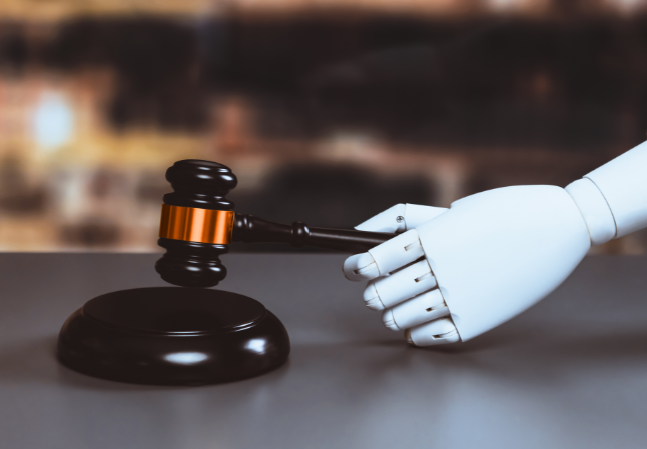Welcome to BARBRI for Professionals. Watch this space for upcoming special offers!
About the Course
Introduction
This CLE course will guide design patent counsel in the application of the Gorham ordinary observer test in design patent litigation. The panel will review recent design patent decisions that result in undesirable subjective outcomes. The panel will also present validated large-sample consumer surveys and discuss the use of science-based, objective Empirical Ordinary Observer Test (EOOT) survey methodology. The panel will offer actual data from the recent application of the EOOT methodology and review the Daubert challenges asserted against the EOOT methodology.
Description
The degree of subjectivity in applying the ordinary observer test in design patent litigation has become a massive problem for companies striving to protect their high-value design patent portfolios. Based on a review of recent cases, it is clear that judges and juries are delivering judgments based on subjective infringement evaluations that make little sense and produce outcomes that are creating a universe of case law that is highly unstable and unpredictable.
The persistent presence of high levels of subjective variability in design patent litigation now requires a serious move toward applying more rigorous, objective, and science-based methods, if this persistent trend is going to be reversed. It is a simple fact that how consumers process the shape of products is far more complex and subject to bias than previously thought. The finder of fact can and will benefit from science-based, objective consumer survey data that provides insights into how the actual consumer population rates product shape based on the application of the ordinary observer test. The value of design patents likely depends on more rigorous, science-based litigation and risk mitigation methods.
Presented By

Mr. Mauro is a Certified Human Factors Engineering Professional BCPE. He has personally managed over 4,000 research and development projects over his 40-year career as a leading expert in human factors engineering, product design, and design research.

Mr. Morley is a human factors engineer with extensive experience managing consumer product research programs involving levels of product/methodology/user group complexity, ranging from traditional to advanced. Mr. Morley closely supported development of the Empirical Ordinary Observer Test (EOOT) survey methodology and manages application of the EOOT in current litigation.

Mr. Saidman is a pioneer in the field of design law, successfully representing clients in groundbreaking cases that have established the enforceability of design patents in court, cases such as Avia Group Int’l. v. LA Gear where the U.S. Court of Appeals for the Federal Circuit affirmed a summary judgment holding that two design patents on tennis shoes were valid and willfully infringed, entitling the design patent owner to increased damages and attorney fees. During his career Mr. Saidman has prepared, prosecuted and supervised thousands of U.S. design patents. He also has substantial experience in enforcement, having been involved in numerous design patent litigations both as counsel and as an expert witness. He has also penned many amicus curiae briefs in major cases before the Federal Circuit and Supreme Court.
-
This 90-minute webinar is eligible in most states for 1.5 CLE credits.
-
Live Online
On Demand
Date + Time
- event
Thursday, September 9, 2021
- schedule
1:00 p.m. ET./10:00 a.m. PT
- Recent design patent decisions that result in undesirable subjective outcomes
- Validated large-sample consumer surveys
- Use of science-based, objective EOOT survey methodology
- Actual data from the recent application of the EOOT methodology
- Daubert challenges asserted against the EOOT methodology
- Best practices for leveraging science-based objective ordinary observer test surveys
The panel will review these and other key issues:
- How can counsel best utilize EOOT methodology surveys to increase the likelihood of success, both on summary judgment and at trial?
- What steps should counsel take to ensure the survey is properly defined and formulated to achieve counsel's intended goal?
- What are the best practices for practitioners to execute the survey to make sure the results are admissible?
Unlimited access to premium CLE courses:
- Annual access
- Available live and on-demand
- Best for attorneys and legal professionals
Unlimited access to premium CPE courses.:
- Annual access
- Available live and on-demand
- Best for CPAs and tax professionals
Unlimited access to premium CLE, CPE, Professional Skills and Practice-Ready courses.:
- Annual access
- Available live and on-demand
- Best for legal, accounting, and tax professionals
Unlimited access to Professional Skills and Practice-Ready courses:
- Annual access
- Available on-demand
- Best for new attorneys




